Waste management: key points, examples, and regulations
If you want to understand and implement waste management in your organization, here are the essentials: what it means, how the waste hierarchy works, current data in the EU, and a practical plan to get started today.
What is waste management?
Waste management encompasses collection, transport, treatment, recovery, and disposal, following the hierarchy: prevent → reuse → recycle → recover → dispose. This approach comes from the EU Waste Framework Directive and its official glossary; in Spain, MITECO develops prevention and management at the state level.
Why it matters (and what’s happening in the EU)
Official statistics show the challenge and progress: in 2022, 5.0 tons of waste per capita were generated in the EU; 40.8% was recycled and 30.2% ended up in landfill. In 2023, municipal waste fell for the second year, reaching 511 kg/person.
Recycling indicators by stream (municipal, packaging, WEEE) at the European Environment Agency. European Environment Agency
The management hierarchy: your operational compass
- Prevention (reducing at source: purchasing, design, processes).
- Preparation for reuse (repair, reconditioning).
- Recycling (material value).
- Recovery (e.g., energy or biogas when not recyclable).
- Disposal (landfill/incineration without recovery) as a last resort. The EPA and the EU agree on prioritizing the first three stages.
How to apply it in your company (6-step plan)
- Waste map + EWC codes: identify waste streams and hazards using the European Waste Catalogue and technical guidelines.
- Segregation at source: separate containers and signage; form teams on a recurring basis (avoid mixing hazardous/non-hazardous waste).
- Infrastructure and pre-treatment: shredding/screening to standardize size and improve recyclability. If you work with wood, check out our shredding solutions and wood recycling plants.
- Contracts and traceability: authorized managers, weighings, documents, and reporting aligned with the hierarchy. In Spain, MITECO centralizes procedures and internal/international transfers.
- Minimum KPIs: % prevention, % reuse, % recycling, % recovery, % disposal; cost €/t and incidents.
- Continuous improvement: container audits, route reviews, and renegotiation with data (EEA/Eurostat serve as a reference for comparing trends). European Environment Agency
Typical cases (and key decisions)
- Municipal/urban services: biowaste, packaging, paper/cardboard, glass, bulky items.
- Industrial/commercial: wood, cardboard, and plastic packaging; oils/solvents (hazardous) with specific treatment.
- Construction and demolition: inert materials (concrete/brick) for recycling as aggregate; separate metals, wood, and hazardous fractions.
- Always apply LER and applicable regulations for each flow.
Legal framework and official resources (essential)
- European Commission — Waste Framework Directive (summary and principles). Environment
- EUR-Lex — Directive 2008/98/EC (consolidated text). EUR-Lex
- MITECO (Spain) — Waste Prevention and Management + Shipments. MITECO
- Eurostat — Waste statistics (generation and treatment by country/material). European Commission
- EEA — Recycling indicators in Europe. European Environment Agency
- EPA (USA) – Waste management hierarchy / SMM. EPA
Conclusion
Waste management is not just about compliance: it is about saving costs, reducing risks and moving towards a circular economy. With proper sorting (LER), segregation at source, effective pre-treatment and traceability, your organisation improves its indicators and reputation… and the planet notices.
Would you like a management plan with a checklist, signage and KPIs for your case? → Let’s talk | See crushing solutions





Leave a Reply
Want to join the discussion?Feel free to contribute!